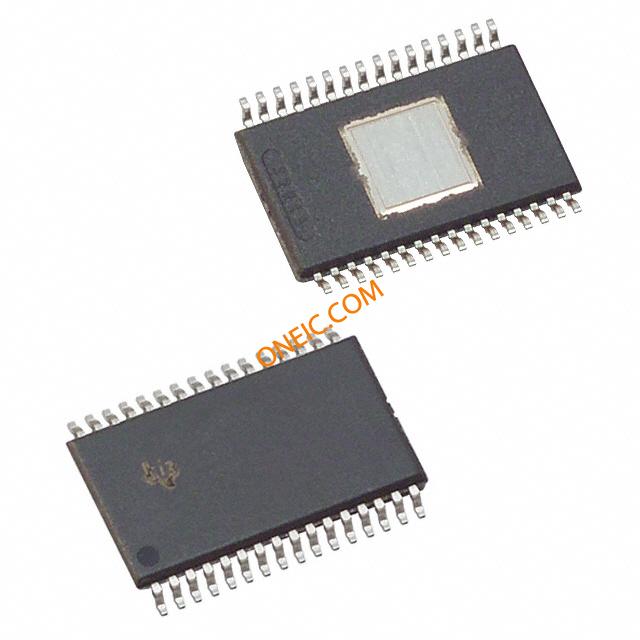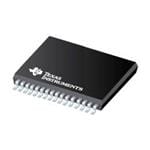TLC5922DAPR
Multi-channel LED drivers with dot correction for display applications
Manufacturer: ti
series introduction
### 1. General Overview
The TLC5922DAPR belongs to a family of integrated circuits that are commonly used in the field of display and lighting control. These devices are designed to provide efficient and flexible solutions for driving multiple LEDs, making them suitable for a wide range of applications such as automotive lighting, signage, and consumer electronics.
### 2. Key Features
#### 2.1 High - Current Output
- Each channel of the TLC5922DAPR can support a relatively high - current output, typically up to a certain specified value (e.g., 60mA). This high - current capability allows it to drive high - brightness LEDs effectively, which is crucial for applications where visibility is important, such as outdoor signage.
#### 2.2 Multiple Channel Configuration
- It usually comes with a multi - channel architecture, for example, 16 channels. This enables the device to control multiple LEDs simultaneously, reducing the need for multiple individual drivers and simplifying the overall circuit design.
#### 2.3 Constant - Current Control
- The TLC5922DAPR employs constant - current control technology. This ensures that the current flowing through each LED remains stable, regardless of variations in the supply voltage or the forward voltage of the LEDs. As a result, the brightness of the LEDs is consistent, and the lifespan of the LEDs can be extended.
#### 2.4 Serial Interface
- It is equipped with a serial interface, such as a Serial Peripheral Interface (SPI). This interface allows for easy communication with a microcontroller or other control devices. Through the serial interface, the user can program the device to set the current levels, enable or disable specific channels, and perform other control functions.
#### 2.5 Error Detection and Protection
- Some versions of the TLC5922DAPR may include error - detection and protection features. For example, it can detect open - circuit or short - circuit conditions in the LED channels. In case of an error, the device can take appropriate actions, such as shutting down the affected channel to prevent damage to the device and the LEDs.
### 3. Functional Block Diagram and Working Principle
#### 3.1 Block Diagram
- **Serial Interface Block**: This block receives the serial data from the external control device. It decodes the data and passes the relevant control information to other blocks within the device.
- **Data Latch and Shift Register**: The incoming serial data is first stored in the shift register and then transferred to the data latch. The data latch holds the control data for each channel, such as the current - setting values.
- **Current - Setting Circuit**: Based on the data stored in the data latch, the current - setting circuit adjusts the current flowing through each LED channel. It uses a reference current and a set of internal resistors or digital - to - analog converters (DACs) to achieve the desired current levels.
- **Output Driver Block**: This block drives the LEDs with the set current levels. It provides the necessary power and isolation between the device and the LEDs.
#### 3.2 Working Principle
- When the device is powered on, it initializes its internal registers. The user then sends control data to the device through the serial interface. The serial data contains information about which channels to enable, the desired current levels for each channel, etc.
- The serial interface block receives and processes this data, and the data is transferred to the data latch. The current - setting circuit then adjusts the current for each channel according to the data in the latch. Finally, the output driver block supplies the appropriate current to the LEDs, illuminating them with the desired brightness.
### 4. Applications
#### 4.1 Automotive Lighting
- In automotive applications, the TLC5922DAPR can be used to drive various lighting components
Images for reference

32-TSSOP-Exposed-Pad-DAP

Image Preview

Image Preview